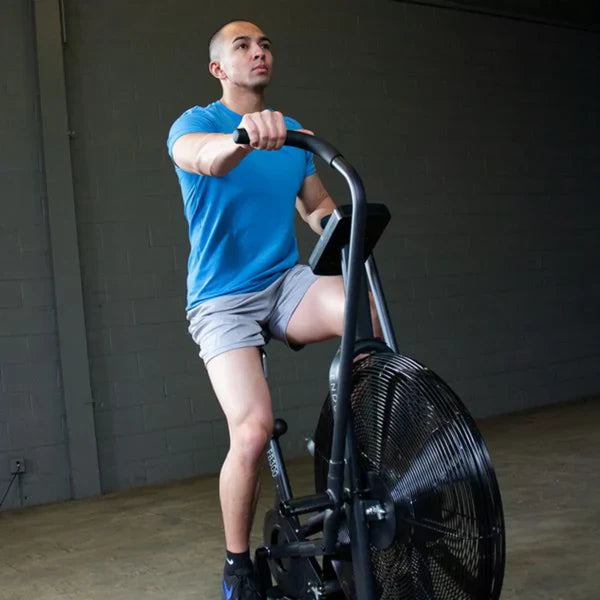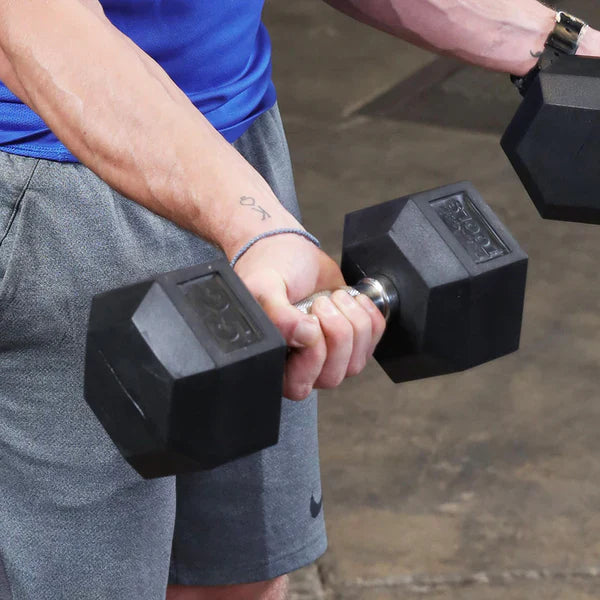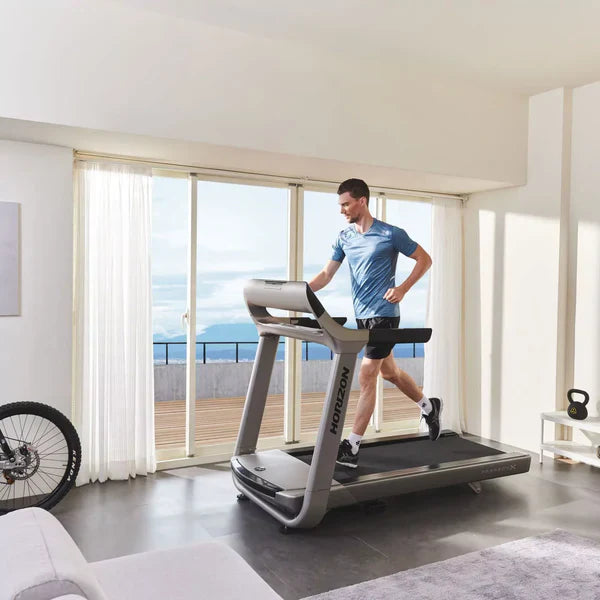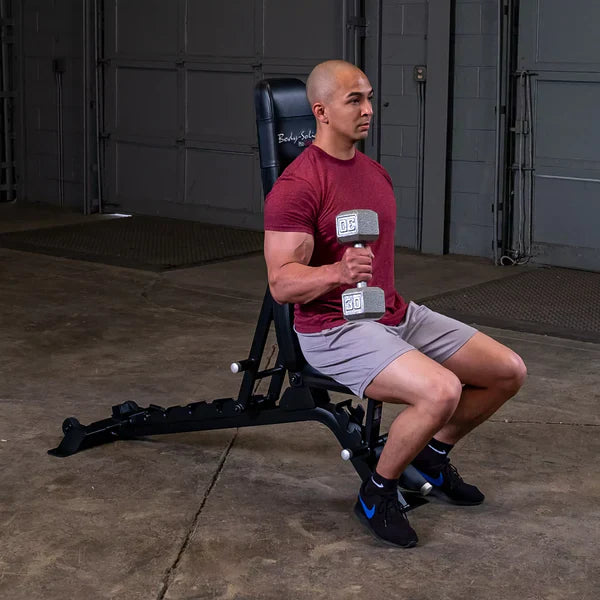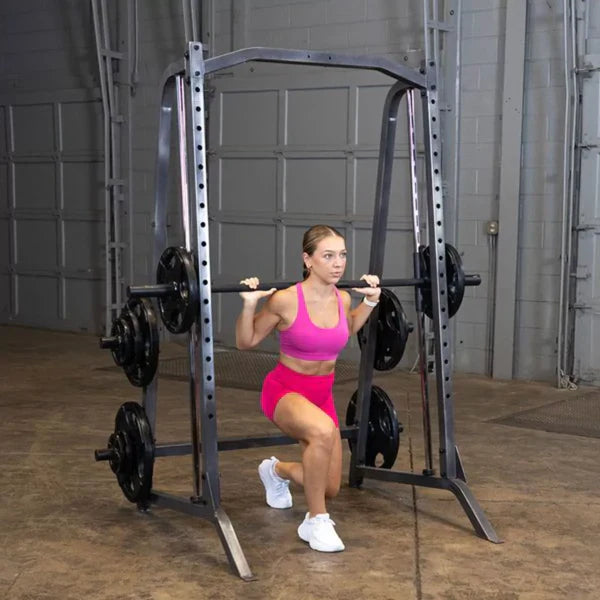If you’re building your dream home gym, chances are you’ve come across the airbike—one of the most effective and versatile pieces of cardio equipment on the market. Known for its ability to deliver a full-body workout and torch calories fast, the airbike has become a staple in both commercial gyms and home fitness setups.
But with so many options out there, how do you know which one is right for you? In this guide, we’ll break down what to look for in an airbike, explore key airbike benefits, and even share tips for an effective airbike workout routine at home.
What Is an Airbike?
An airbike, sometimes called an “assault bike” or “fan bike,” uses air resistance to create a dynamic and challenging workout. Instead of a traditional flywheel, it features a large fan that spins as you pedal and push/pull the handlebars. The harder you work, the more resistance you generate.
This self-scaling feature makes the airbike ideal for users of all fitness levels—from beginners looking to improve endurance to seasoned athletes seeking high-intensity interval training (HIIT).
Why Airbikes Are Popular for Home Gyms
When designing a home gym, space and versatility are crucial. The best airbike for home gym setups combines both, offering a compact yet powerful cardio option that targets multiple muscle groups.
Unlike treadmills or ellipticals, airbikes don’t rely on preset resistance levels. Your effort dictates the difficulty, allowing you to customize your workout instantly. This means one machine can serve everyone in the household, regardless of fitness level.
Additionally, airbikes require minimal maintenance, don’t depend on electricity, and are built to withstand intense workouts—making them a long-term investment in your health and fitness.
Key Features to Look for in an Airbike
When choosing the best airbike for home gym, it’s essential to understand the features that impact comfort, performance, and durability. Here are the top factors to consider:
1. Build Quality and Stability
Airbike workouts can get intense, so you’ll want a machine that’s sturdy and stable. Look for a steel frame, heavy-duty fan, and high weight capacity (at least 300 lbs). The more robust the build, the smoother and quieter your ride will be.
Premium models often feature commercial-grade materials and sealed bearings for long-lasting performance—worth the investment if you plan to use it frequently.
2. Fan Size and Resistance
The fan is the heart of the airbike. Larger fans generate more resistance, which means tougher workouts and smoother airflow. A 25-inch fan is standard for serious athletes, while smaller models may suit casual users or those short on space.
If you prefer more control, consider an airbike that allows you to add resistance belts or adjust air dampers—though most riders find that self-generated resistance is challenging enough.
3. Comfort and Adjustability
Comfort might not be your top concern—until you’ve been on the bike for 20 minutes. Make sure the seat is adjustable both vertically and horizontally. Look for a padded seat, ergonomic handles, and non-slip pedals with straps.
A comfortable setup encourages consistency, which is key to getting the most from your airbike workout routine at home.
4. Console and Display Options
A good console helps track progress. Look for an LCD or digital display that shows key metrics like calories burned, distance, RPM, heart rate, and time. Some high-end models sync with fitness apps or offer Bluetooth connectivity for tracking data over time.
Many airbikes also include preset programs—like intervals or target distance—to help structure your workouts.
5. Noise Level
While all airbikes generate some sound due to the fan, some models are engineered for quieter operation. If you’re setting up in a shared space or apartment, noise level can be an important factor.
Models with metal fans tend to be louder, whereas composite or plastic fans may produce less noise.
6. Portability and Space
Airbikes are typically more compact than treadmills or rowing machines, but still require floor space for movement clearance. Choose one with built-in transport wheels for easy relocation, especially if you’ll be moving it around your home gym.
Foldable or slim-profile models are available for tighter spaces, though they might sacrifice some durability.
The Biggest Airbike Benefits
So, why should you add an airbike to your training routine? Here are some of the top airbike benefits that make it a must-have fitness tool:
1. Full-Body Conditioning
Unlike standard stationary bikes, airbikes engage your upper and lower body simultaneously. You push and pull with your arms while pedaling with your legs, activating major muscle groups including the chest, shoulders, back, core, glutes, and quads.
2. Cardiovascular Health
Airbikes are excellent for improving heart and lung capacity. The dynamic resistance system challenges your cardiovascular system while allowing you to control intensity—perfect for interval training or steady-state cardio.
3. High-Calorie Burn
Because you’re using so many muscles at once, airbikes can burn an impressive number of calories in a short time. This makes them ideal for anyone looking to lose fat or improve overall conditioning.
4. Low-Impact Training
While challenging, airbike workouts are gentle on the joints compared to running or plyometric exercises. This makes them suitable for recovery workouts or for people with joint sensitivities.
5. Mental Toughness
There’s a reason airbikes are popular in CrossFit and military training—they’re mentally demanding. The machine’s infinite resistance challenges you to push past your comfort zone, building both physical and mental resilience.
Sample Airbike Workout Routine at Home
If you’re ready to experience the power of this machine, here’s a simple airbike workout routine at home to get you started.
Beginner Routine (20 minutes)
-
5-minute warm-up at an easy pace
-
30 seconds sprint / 90 seconds easy pedal × 6 rounds
-
5-minute cool-down
Intermediate HIIT (15 minutes)
-
3-minute warm-up
-
40 seconds all-out effort / 20 seconds rest × 10 rounds
-
3-minute cool-down
Endurance Ride (30–45 minutes)
-
Maintain a moderate pace, aiming to keep RPM steady
-
Focus on breathing and maintaining form throughout
Remember: intensity is self-regulated on an airbike, so listen to your body and adjust as needed.
Choosing the Best Airbike for Home Gym: Final Thoughts
When selecting the best airbike for your home gym, balance your budget with the features that matter most to you—build quality, comfort, noise level, and connectivity. Whether you choose a compact entry-level model or a commercial-grade powerhouse, the airbike’s versatility ensures you’ll get a serious workout every time.
Investing in an airbike means investing in a piece of equipment that grows with you. It adapts to your fitness level, offers endless workout possibilities, and delivers unbeatable airbike benefits for strength, endurance, and conditioning.
So, if you’re serious about transforming your fitness routine, it’s time to make room in your home gym for one of the most effective machines ever built—the airbike.

